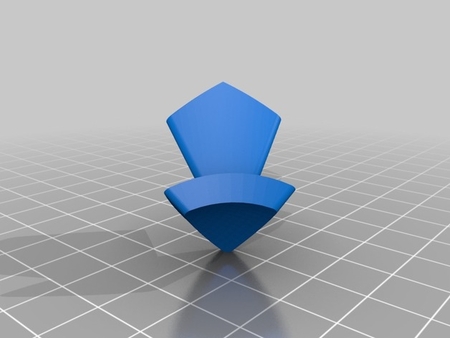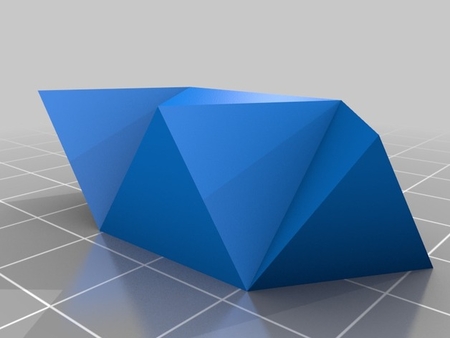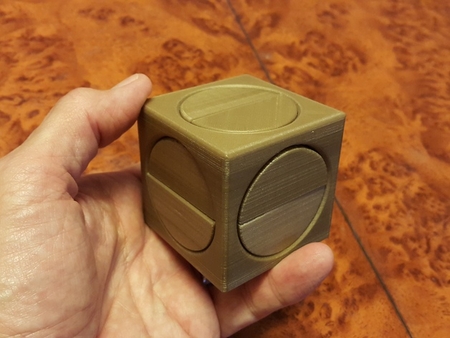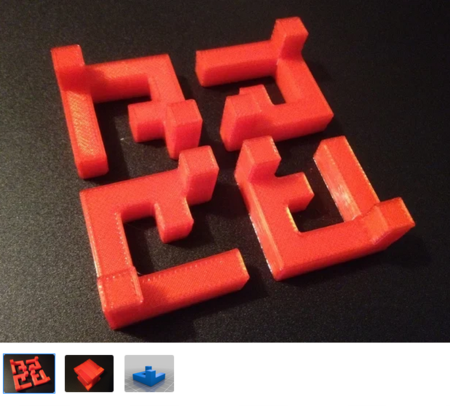Yet another rubik's cube 3D for print
6153 Views 2 Likes 2 Downloads Download the piece here from 3dforprint
Compared to other cubes on Thingiverse perhaps, it has rounded edges on the outside, ...and comes with easily enabled raft and support structures. Using the latter, pieces do not have to be printed at awkward 45 degree angles.
I used it for a few hours, and the thin walls around the springs are holding up well.
Here you can see me solving it in about 25 seconds, with my printer in the background:
http://www.youtube.com/watch?v=RfwN4zlHlI4&feature=youtu.be
Designer
srepmub3d model description
My attempt at designing a Rubik's speed cube, using OpenSCAD.Compared to other cubes on Thingiverse perhaps, it has rounded edges on the outside, ...and comes with easily enabled raft and support structures. Using the latter, pieces do not have to be printed at awkward 45 degree angles.
I used it for a few hours, and the thin walls around the springs are holding up well.
Here you can see me solving it in about 25 seconds, with my printer in the background:
http://www.youtube.com/watch?v=RfwN4zlHlI4&feature=youtu.be




























